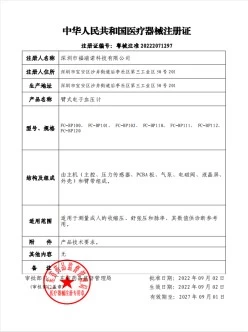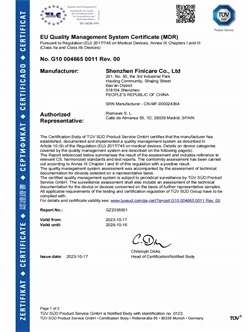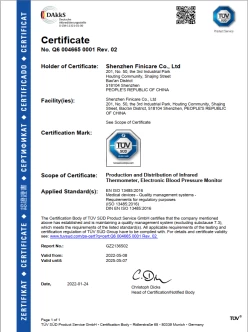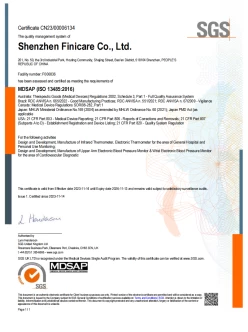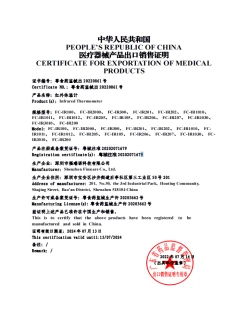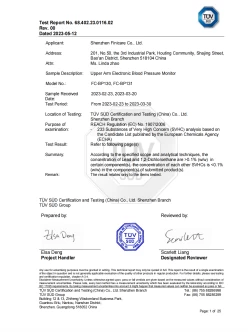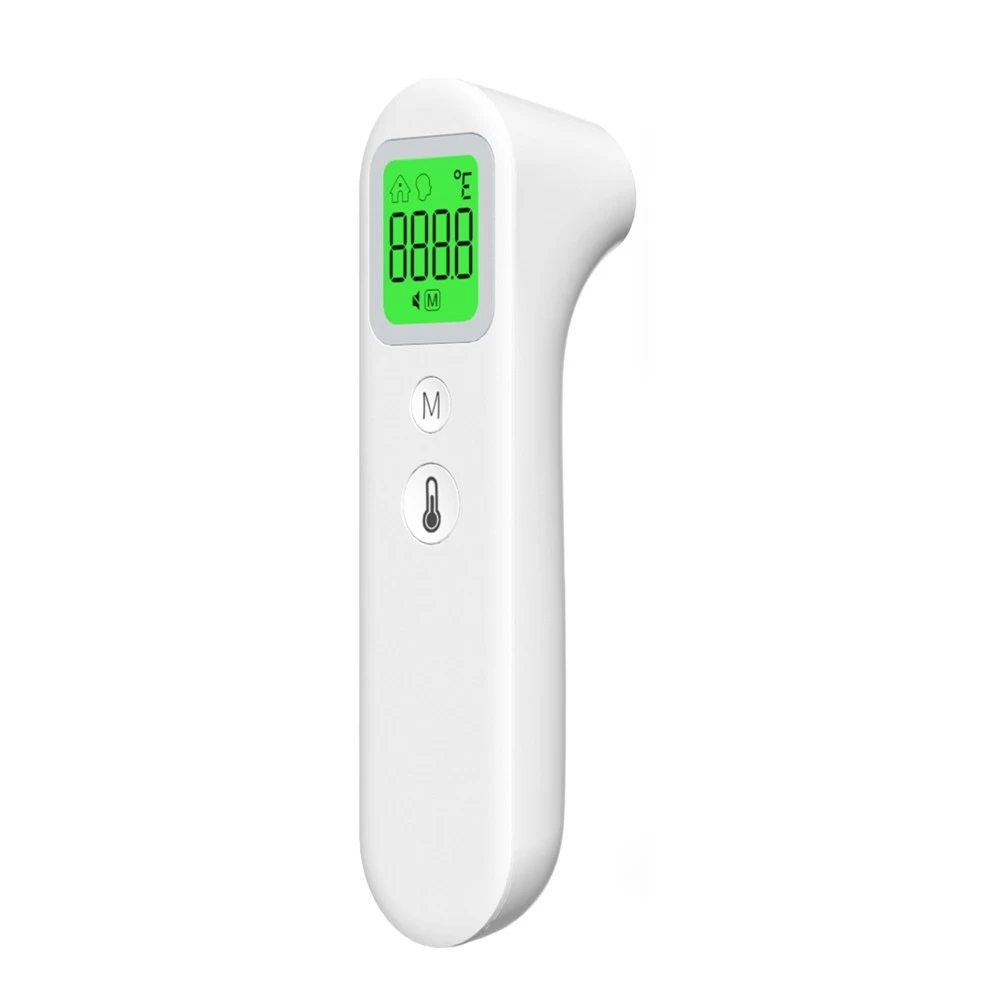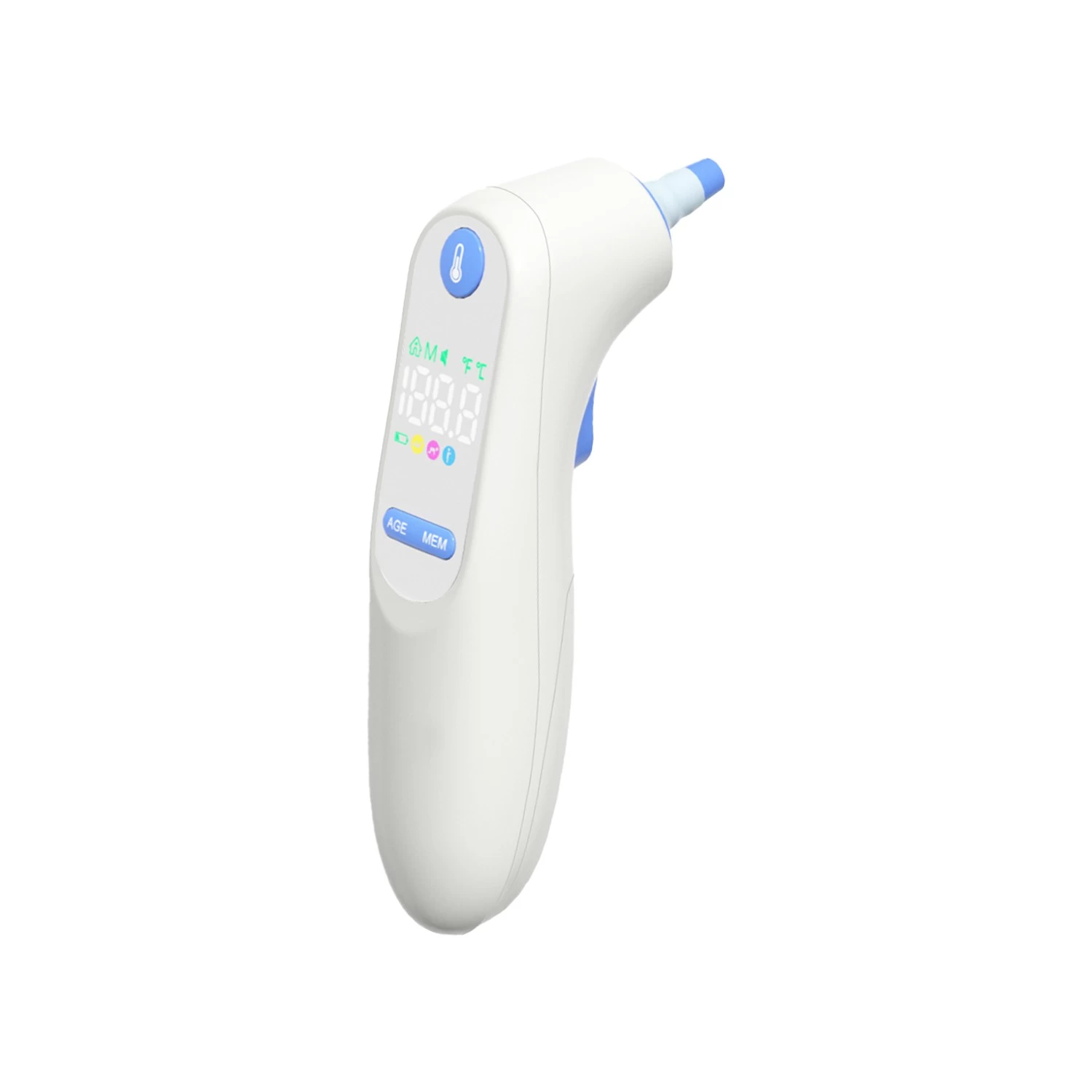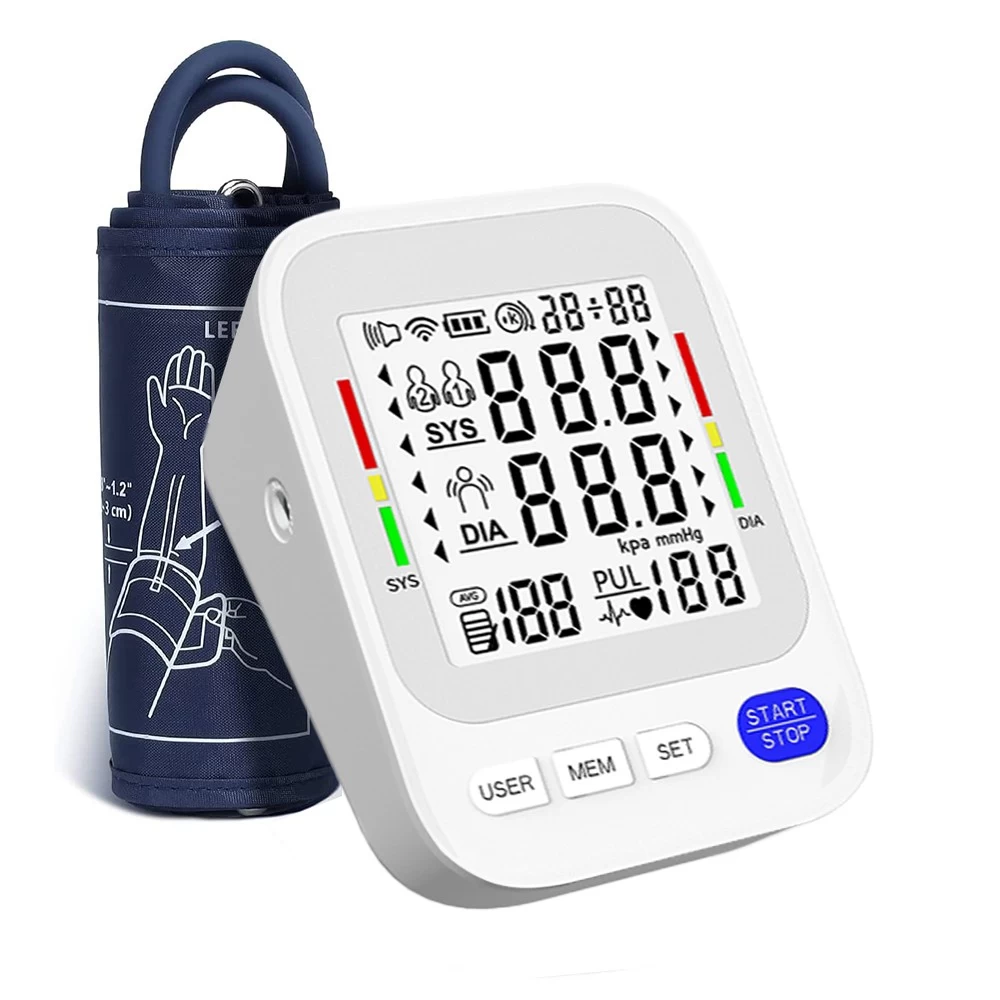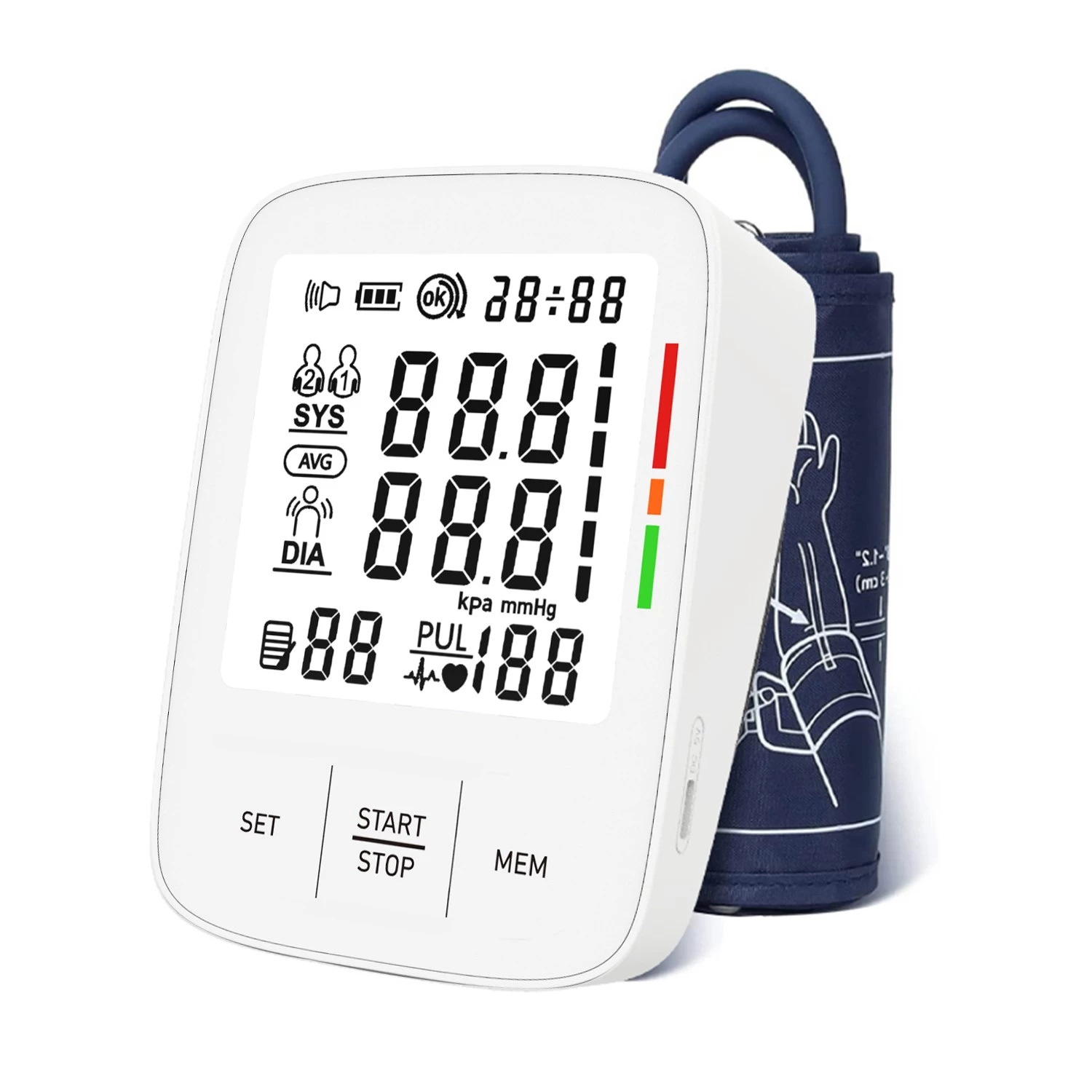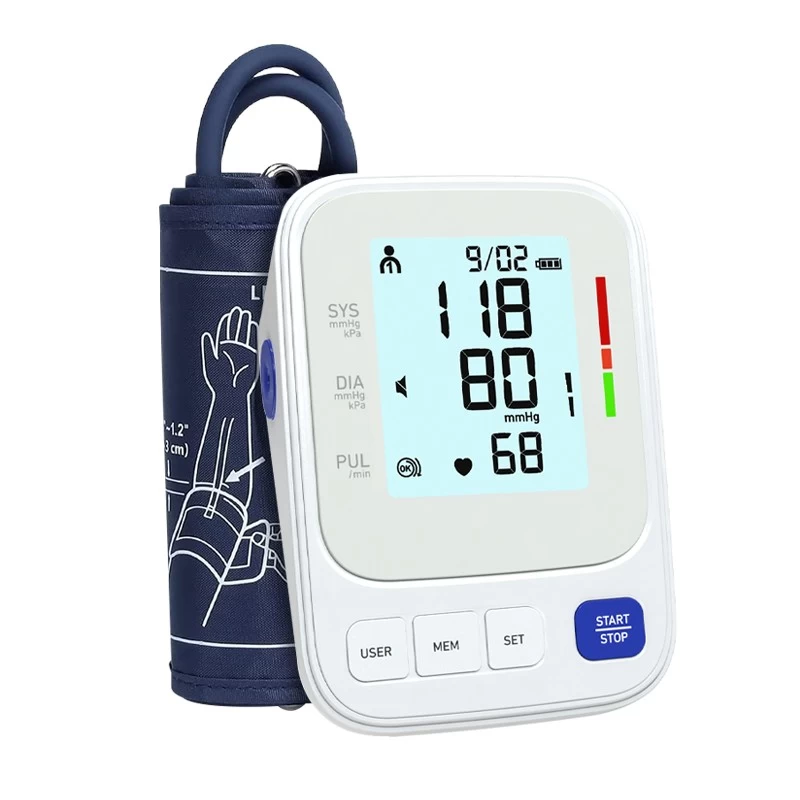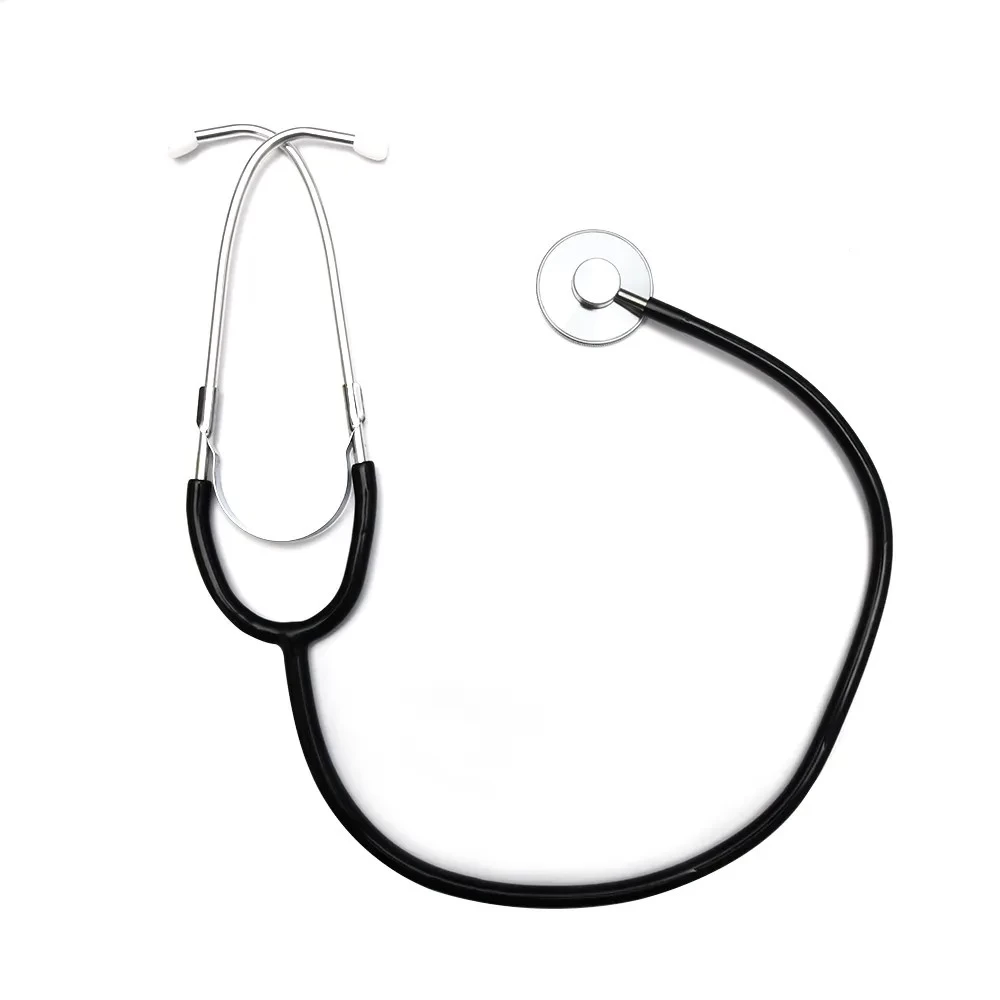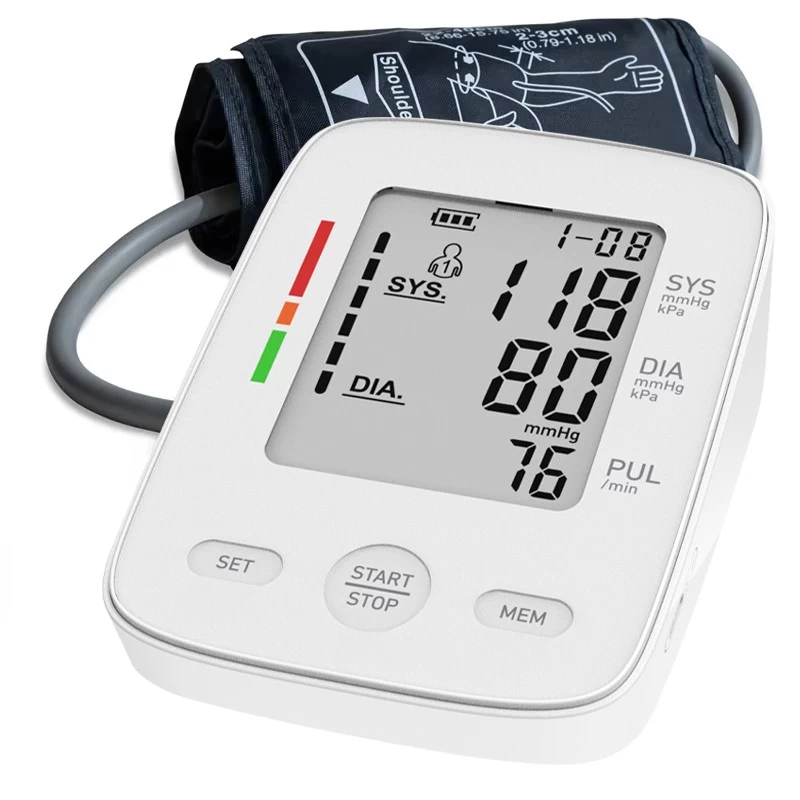Which Arm To Take Blood Pressure?
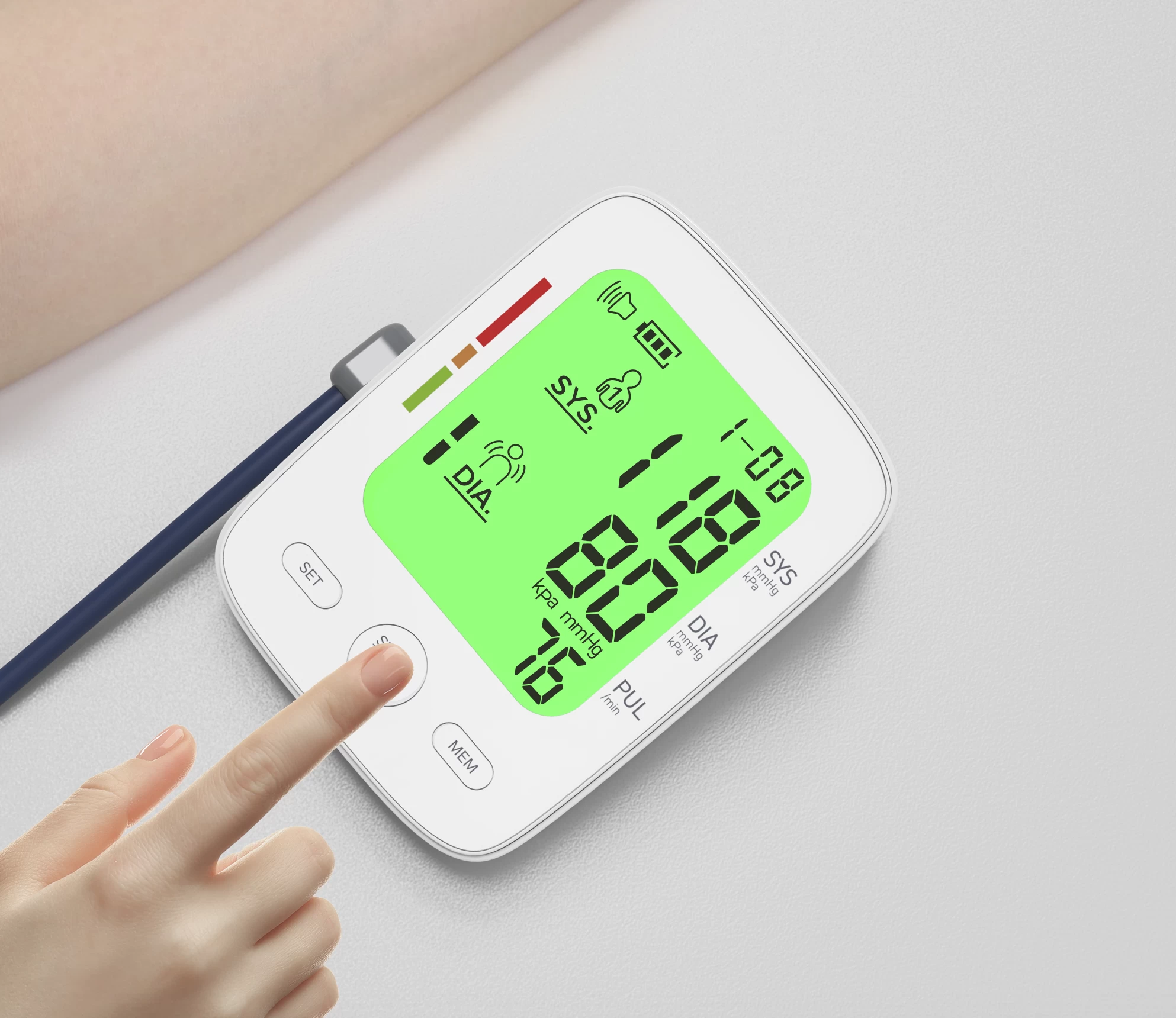
With fully automated and technologically advanced blood pressure monitors, it becomes quite easier and more convenient to measure blood pressure at home. However, patients have been confronted with different blood pressure readings on different arms. Though, It is normal to have small differences large variations of both arms can be very harmful to health.
Table of Contents
1.Why is BP Reading Different in Each Arm?
2.Which Arm Is Best for Taking Blood Pressure?
3.Does Arm Position Affect Blood Pressure?
4.What is the Correct Arm Position for Taking Blood Pressure?
5.Finicare Upper Arm Blood Pressure Monitor FC-BP120.
1.Why is BP Reading Different in Each Arm?
It’s normal for blood pressure readings to differ slightly between arms—our bodies are symmetrical in appearance, but internal organs like the heart are not perfectly centered. The heart sits slightly left of the chest’s midline, and the aorta (the body’s largest blood vessel) exits the left side of the heart to circulate blood. This anatomical asymmetry can cause moderate differences in readings between the right and left arms.
However, a persistent difference of 10 mmHg or more may signal underlying health issues, such as:
1.Cardiovascular diseases (e.g., stroke risk)
2.Kidney problems
3.Artery blockages (e.g., atherosclerosis)
4.Diabetes
5.Other circulatory disorders
If you notice a consistent gap above 10 mmHg, consult a healthcare provider to evaluate potential causes and ensure early detection of serious conditions. Regular monitoring and awareness of your body’s normal patterns are key to proactive health management.
The coronary arteries coming out directly from the aorta into our left arm are more likely to become harder and clogged than those going into our right arm.
In a study, researchers found a large difference of 15 mmHg or more in the blood pressure readings between both arms, which increased the chances of peripheral vascular disease or narrowing the arteries by 2.5 times. The difference between 10 to 15 mmHg also raised the possibility of heart disease by 60%.
2.Which Arm Is Best for Taking Blood Pressure?
Doctors explain that the heart is mostly located on the left side of the chest, with major blood vessels like the aorta circulating blood throughout the body. Traditionally, healthcare providers often recommend measuring blood pressure (BP) on the left arm. One reason is that BP readings are typically slightly higher in the right arm than the left, which can sometimes worry patients unnecessarily.
While measuring BP on either arm is fine, consistency is key. Patients should choose one arm and measure there every time to track their BP trends accurately. This helps in recording and analyzing data to identify risks of heart issues or other health problems.
Notably, a persistent and significant difference in BP readings between the two arms can be a red flag. Doctors advise periodically measuring both arms and noting the results. If a large, consistent difference exists, it’s important to see a healthcare provider promptly to check for potential heart or vascular problems.
Key Points:
1.Left arm measurements are often preferred due to anatomy and slightly lower readings.
2.Always use the same arm for consistency and reliable tracking.
3.Regularly check both arms; a constant large difference needs medical attention.
3.Does Arm Position Affect Blood Pressure?
As we’ve seen, blood pressure readings can vary between arms and are also affected by arm and hand positioning. For accurate measurements, stay still and position your arm correctly during testing. Even with a high-quality blood pressure monitor, improper hand placement often leads to unreliable results. Doctors note that resting your hand on a chair during measurement can falsely elevate readings.
Key tips for accuracy:
1.Keep your arm stable and in the correct position.
2.Avoid moving during the measurement.
3.Ensure your monitor is paired with proper technique for trustworthy results.

4.What is the Correct Arm Position for Taking Blood Pressure?
As discussed, proper arm positioning is key for accurate blood pressure readings. Doctors recommend keeping your hand straight with the palm up, resting your arm on a table to avoid bending—bent arms can falsely raise both systolic and diastolic numbers.
Studies show keeping the arm at heart level is critical:
1. Arm lower than heart level often leads to higher readings.
2. Arm higher than heart level can cause lower readings.
Even a straight arm held parallel to the body may raise readings by about 10% compared to a slightly flexed elbow at heart level. For the most accurate results, position your arm at heart level with a gentle bend—this balances comfort and precision.
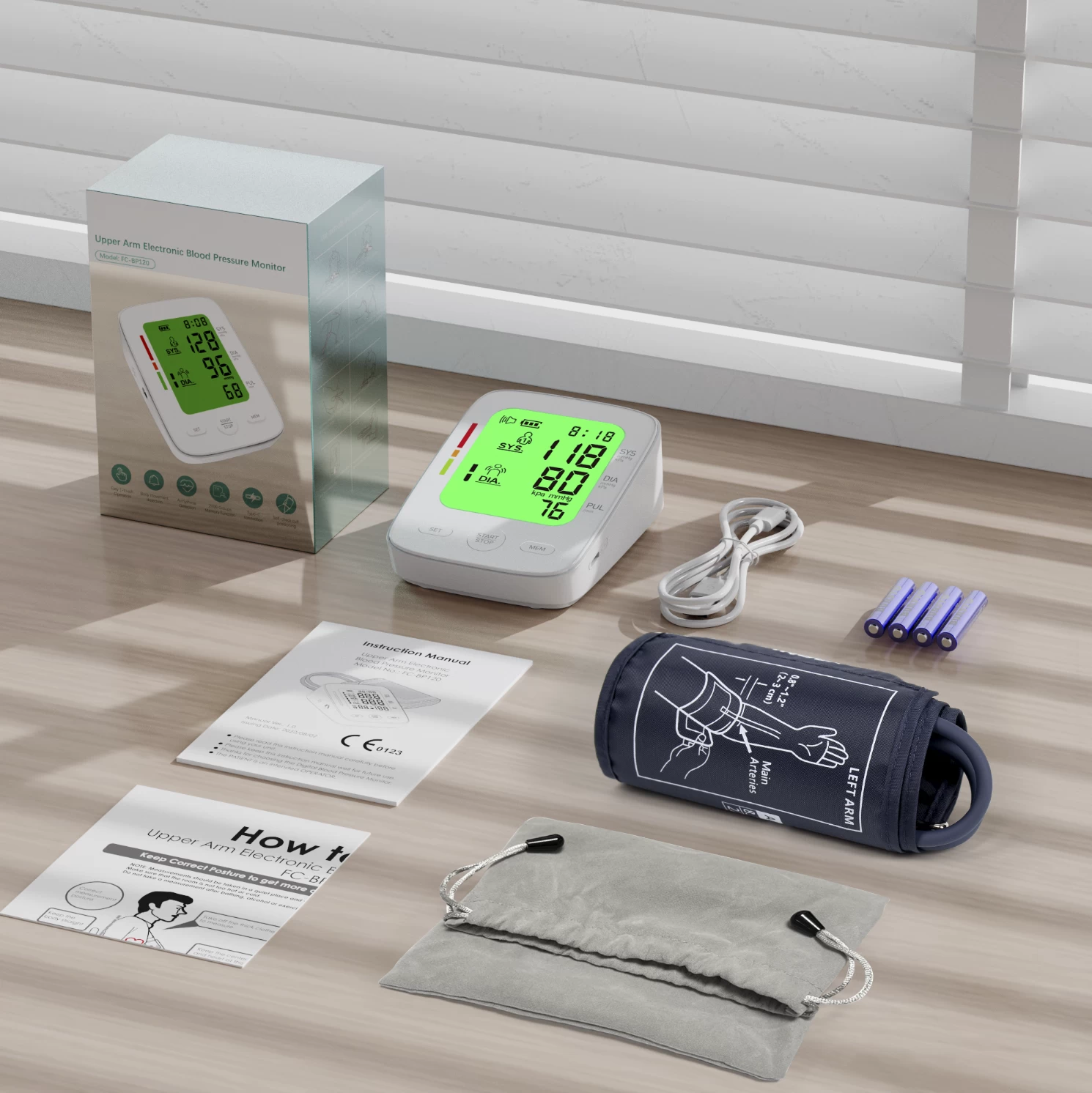
5.Finicare Medical Upper Arm Blood Pressure Monitor FC-BP120
For health safety and accurate blood pressure readings, the Finiare Medical FC-BP120 Home Upper Arm Blood Pressure Monitor is an excellent choice. Recommended by doctors and health professionals, this compact and lightweight device offers a comfortable and easy measurement experience. It stands out for its high accuracy, with results within ±3mmHg—a key feature trusted by users.
The monitor also allows patients to track and analyze past data through the Finiare Medical BP App, helping them reduce the risk of future cardiovascular issues. Regularly monitoring blood pressure with reliable, accurate data is essential for heart health, and the FC-BP120 is a top solution for proactive health management.

